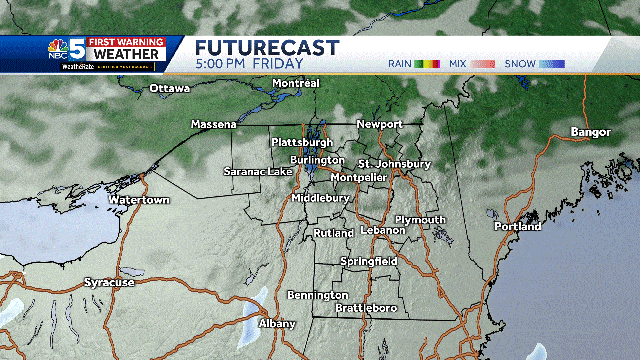The researchers conducted their research in three locations: Narrabri in northwestern New South Wales; Horsham in Victoria; and Merredin in Western Australia.
They subjected the wheat to temperatures of 35C during meiosis (flower formation) because “that’s closer to what it will be in these growing areas in about 10 to 20 years,” said Professor Tan. The carbon dioxide level of 800 parts per million reflects a projection of atmospheric concentration 80 years into the future under a business as usual (no action on climate change) scenario.
Already, wheat-growing areas such as Narrabri in north-west New South Wales are experiencing intermittent temperatures of up to 40°C – a temperature at which, if maintained for more than a few hours, the most wheats die, especially during a drought.
The studies were conducted in three ways: in the field with normal and late planting times, in the field under field-heated chambers, and in a greenhouse. In the first method, a control group was planted at standard time in May. These same varieties were then also planted later than usual, in June, exposing them to higher temperatures as they were not harvested until late instead of early spring. A second batch of plants were enclosed in field chambers that were heated to 4°C above outside temperatures for three days. In the third method, this was replicated in a greenhouse, with half of the plants also exposed to a further increase in CO in the chamber.2.
Efforts are currently being made to develop more heat tolerant varieties from lines and high temperature tolerant varieties (genetically identical individuals).
 Xoven Agricultor
Xoven Agricultor



